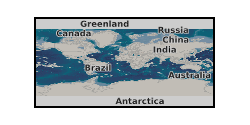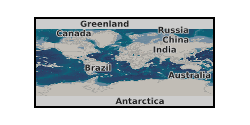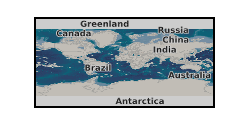Plate tectonics
Type of resources
Topics
Keywords
Contact for the resource
Provided by
Years
Formats
Update frequencies
-

Two published papers: Modelling the Lost City Hydrothermal Field: Influence of topography and Permeability structure. https://doi.org/10.1111/gfl.12151: and Rapid generation of reaction permeability in the roots of black smoker systems, Troodos ophiolite Cyprus. https://doi.org/10.1111/gfl.12117
-

Tables of characteristic parameters for each model used in paper Agrusta et al. 2014, The effect of metastable pyroxene on the slab dynamics, DOI: 10.1002/2014GL062159 Tables of characteristic parameters for each model used in paper Agrusta et al 2017, Subducting-slab transition-zone interaction: Stagnation, penetration and mode switches, DOI: 10.1016/j.epsl.2017.02.005
-

In this urgency proposal we will deploy seismometers for 1 year to record aftershocks from sequence of 4 major earthquakes with magnitudes between 7.1-7.6. These recordings and other recordings of earthquakes from around the globe will allow us to delineate with high accuracy the plate interfaces of the new and old subducting slabs and image the slab structures at depth. The structure of the old and new subduction zones will illuminate the processes occurring at depth which are shifting the force balance in the region to reverse the sense of subduction. The proposed experiment will be enhanced by concurrent studies scheduled to be deployed in Fall of 2014, which includes a multimillion pound ocean bottom seismic deployment by colleagues in Japan. The combined array will allow us to image the Pacific plate which is stalling the subduction, allowing us to investigate what conditions are necessary for a plate to halt the descent of the slab into the mantle. Thus we will be able to understand how subduction stops and starts. Data available online at the Incorporated Research Institutions for Seismology (IRIS) Data Management Centre (DMC).
 NERC Data Catalogue Service
NERC Data Catalogue Service